Reverse Osmosis & Water Treatment in Philippines
CHUNKE projects of Reverse Osmosis Water Treatment in Philippines including different types of water treatment systems.
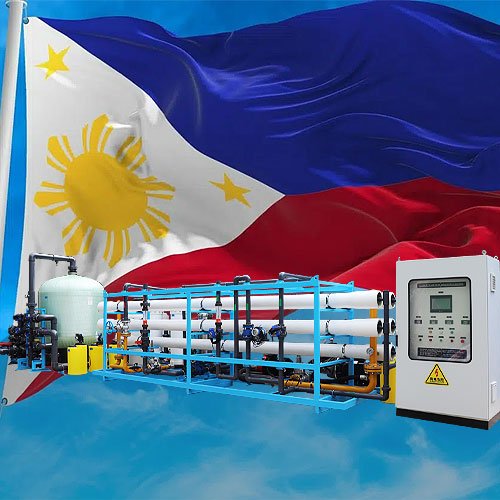
The Philippines, officially the Republic of the Philippines, is an archipelagic country in Southeast Asia. In the western Pacific Ocean, it consists of 7,641 islands which are broadly categorized in three main geographical divisions from north to south: Luzon, Visayas, and Mindanao. The Philippines is bounded by the South China Sea to the west, the Philippine Sea to the east, and the Celebes Sea to the south. It shares maritime borders with Taiwan to the north, Japan to the northeast, Palau to the east and southeast, Indonesia to the south, Malaysia to the southwest, Vietnam to the west, and China to the northwest. It is the world’s twelfth-most-populous country, with diverse ethnicities and cultures. Manila is the country’s capital, and its most populated city is Quezon City; both are within Metro Manila.
As of May 1, 2020, the Philippines had a population of 109,035,343. In 2020, 54 percent of the country’s population lived in urban areas. Manila, its capital, and Quezon City (the country’s most populous city) are in Metro Manila. About 13.48 million people (12 percent of the Philippines’ population) live in Metro Manila, the country’s most populous metropolitan area and the world’s fifth most populous. Between 1948 and 2010, the population of the Philippines increased almost fivefold from 19 million to 92 million.
Total Renewable Water Resources in Philippines
In 2020, internal renewable water resources per capita for Philippines was 4,371.2 cubic meters. Between 1971 and 2020, internal renewable water resources per capita of Philippines was declining at a moderating rate to shrink from 12,998.8 cubic meters in 1971 to 4,371.2 cubic meters in 2020.
- Precipitation: 2,348 mm
- Precipitation volume: 704.4 billion cubic meters
- Rainfall index: 2,640 mm
- Volume of groundwater produced: 180 billion cubic meters
- Volume of surface water produced: 444 billion cubic meters
- Renewable water resources per capita: 4,371.2 cubic meters
- Freshwater withdrawals: 85.9 billion cubic meters
- Water productivity: 4.2 US dollars per cubic meter
Meanwhile, CHUNKE provides wide range of filtration and economical solutions based on the Philippines’s water resources. So, our water treatment in Philippines becomes more popular accordingly.
- Surface water is water from river, lake which can be treated using different methods, such as Ultrafiltration Systems, Brackish Water RO accordingly.
- Desalination can be used for water from ocean, or sea source, which can be treated using Sea Water Reverse Osmosis Systems; Desalination Systems
- Ground Water or brackish water is from water located in the pore space of soil and rock “Borehole well”, which can be treated using Reverse Osmosis Systems, Borehole Water Filtration Systems, Well Water Filtration Systems, Chemical Dosing, UV Water Sterilizer accordingly.
- Government water supply, which could have high level of hardness or high level of chlorine, can be treated with Water Softener System, Media Water Filters.
CHUNKE Projects of Water Treatment in Philippines
Meanwhile, CHUNKE designs and produces water treatment systems that meet the World Health Organization requirements. So, our water treatment in Philippines is suitable for drinking.
CHUNKE has over 15 years of experience as a global provider of B2B water treatment solutions for a variety of applications and industries. Hence, we offer a large selection of all types of reverse osmosis, ultrafiltration, electrodeionization. And also, water treatment systems to meet your industrial needs accordingly. So, CHUNKE’s extensive global experience in engineering and manufacturing allows us to pre-engineer and customize water treatment and reverse osmosis systems to meet a wide range of customer requirements and specifications.
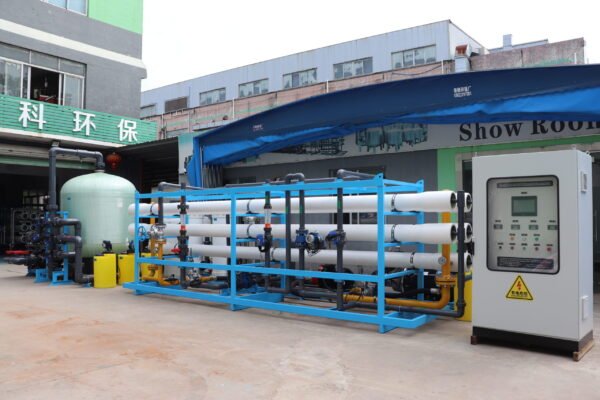
20TPH Sea Water Desalination System for Resort
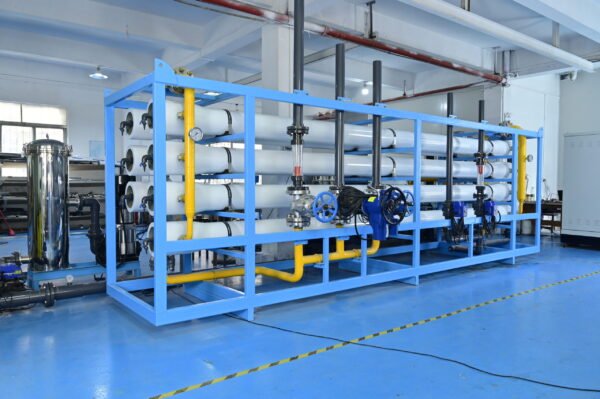
25TPH Solar Powered Sea Water Desalination System
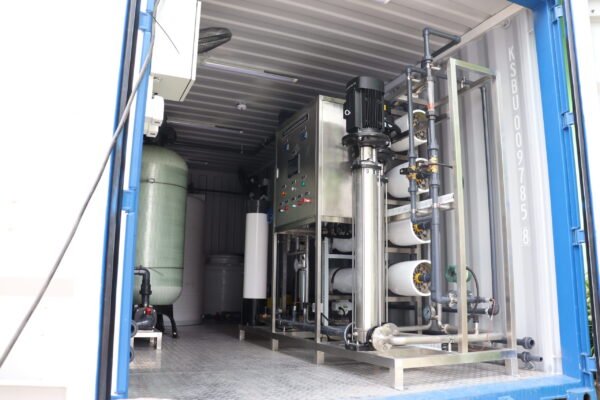
3000LPH Containerized RO Plant for Irrigation
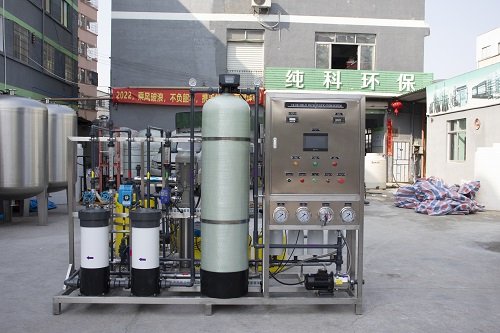
5000LPH RO Sea Water Desalination for Irrigation
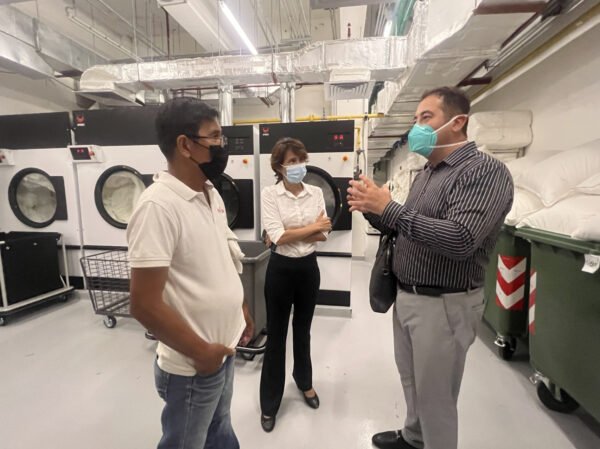
RO System for Laundry in Shareton Hotel Philippines
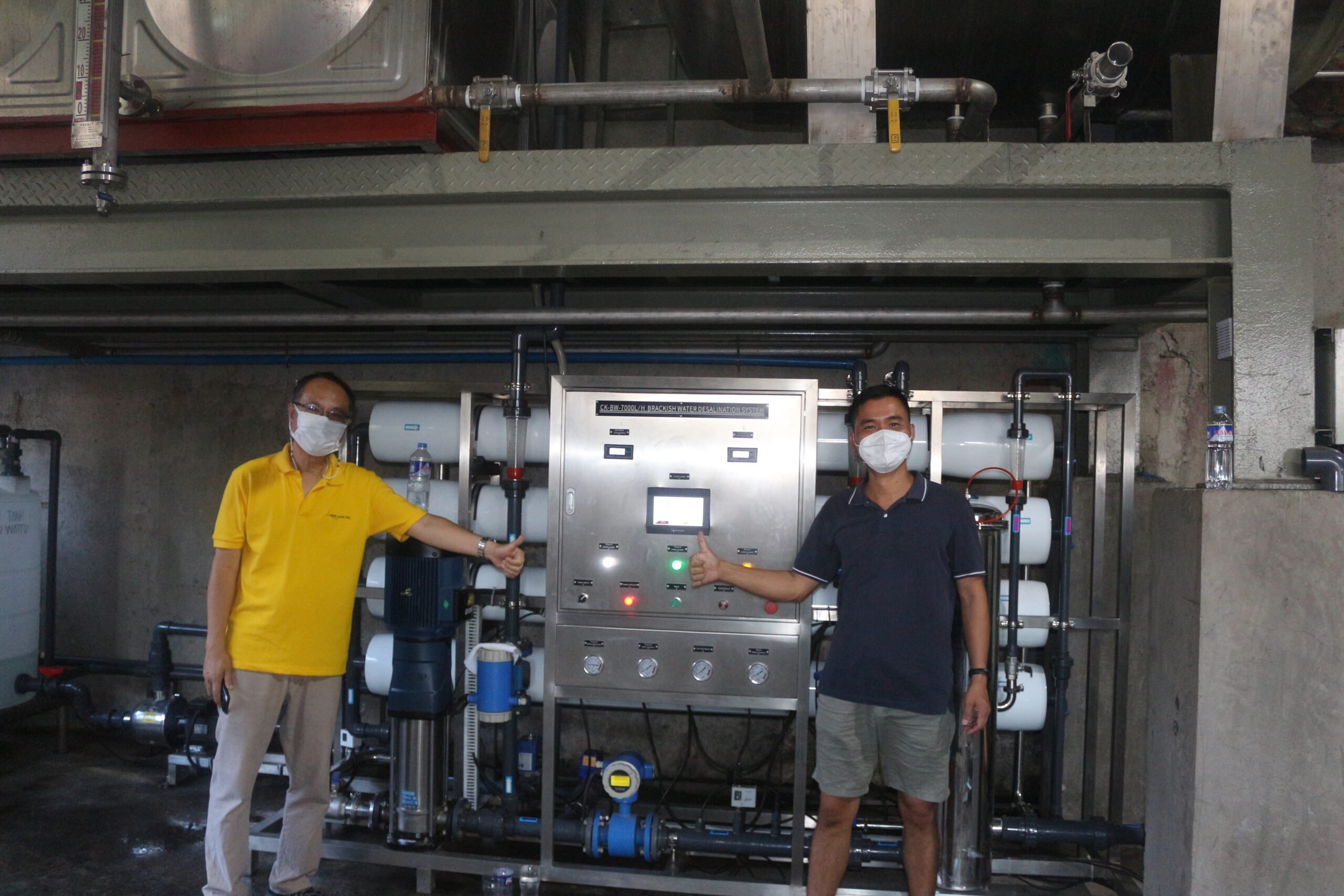
Bambi Oil RO Plant for Boiler in Philippines
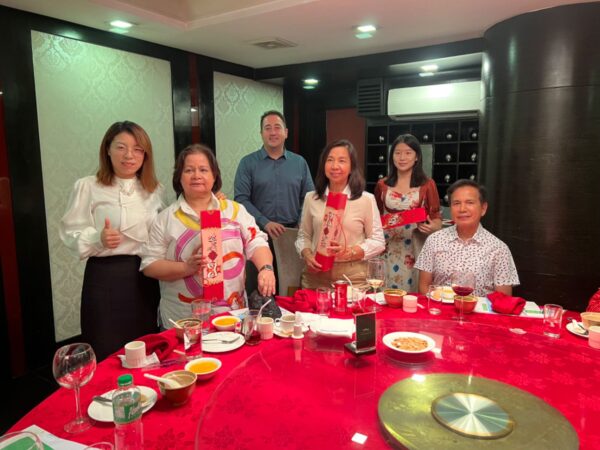
Mayor, Justice from Philippines Discussing Water Crisis
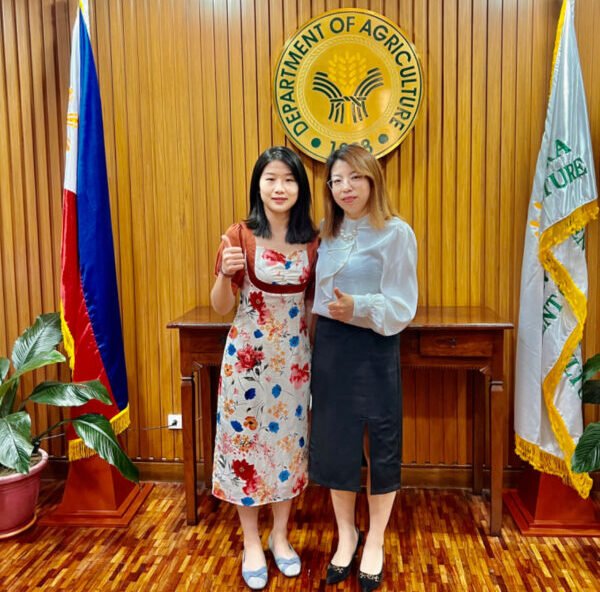
Presentation to Department of Agriculture in Philippines
Water Treatment in the Philippines: An In-depth Analysis
In the era of technological advancements, the necessity for clean, safe water has become paramount. One nation that is making significant strides in this domain is the Philippines. This island nation is investing heavily in innovative water treatment technologies, including reverse osmosis systems. These efforts have a long-reaching impact on health, agriculture, industry, and overall socio-economic development.
The Geographical Landscape
The Philippines, an island group in Southeast Asia, consists of over 7,000 islands. This tropical paradise sprawls over 300,000 square kilometers, with its northernmost islands resting approximately 240 kilometers south of Taiwan, and the southernmost islands lying a mere 24 kilometers off the coast of Borneo, Malaysia.
The archipelago is divided into three major island groups: Luzon, Visayas, and Mindanao. The country’s topography varies drastically, with highlands, valleys, and plains scattered across the islands.
Water Resources and River Basins
The country has an extensive array of water resources. There are 421 rivers, numerous lakes, and over 100,000 hectares of freshwater swamps. The river systems serve as critical sources for irrigation and transportation.
The Philippines also boasts major groundwater reservoirs, including the Cagayan, Central Luzon, Agusan, and Cotabato. Private wells are extensively used in rural areas for domestic purposes. Municipal waterworks wells and deep wells drilled by the National Irrigation Administration (NIA) also contribute to the country’s water supply.
The Necessity for Water Treatment
Despite being an archipelago, the Philippines often faces water scarcity and contamination issues. The World Health Organization has reported that 1 billion people globally lack access to clean water. This fact is indeed alarming and emphasizes the need for efficient water treatment systems.
Reverse Osmosis System in the Philippines
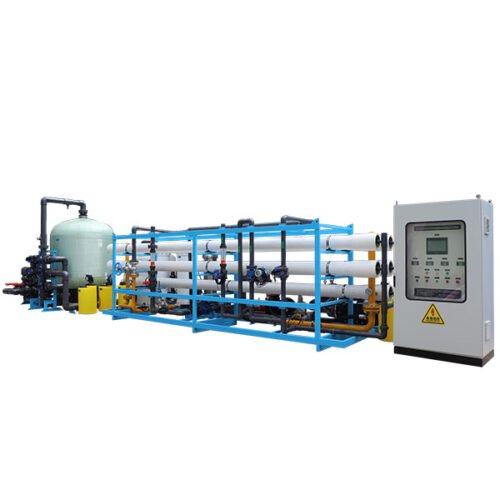
One of the most effective solutions for water purification is reverse osmosis (RO). The RO process uses semipermeable membranes to remove impurities, such as bacteria, ions, molecules, salts, sugars, and other dissolved organic and inorganic contaminants. In the Philippines, RO systems have become increasingly common, not just in households, but also in commercial sectors like hotels and resorts.
High Efficiency, Low Maintenance
The key advantage of RO systems is their high efficiency and low maintenance requirements. They operate by forcing impure water through a membrane at high pressure, filtering out up to 99% of dissolved salts. Programmable Logic Controllers in these systems enable fully automated and hassle-free operation.
Industries and Applications
The RO technology has numerous applications across various sectors, including:
- Drinking water production
- Boiler feed water pre-treatment
- Food and beverage processing
- Seawater desalination
- Municipal water supply
- Pharmaceuticals
- Bio-technology
- Hotels and resorts
- Medical and healthcare
Sea Water Desalination
Being an island nation, the Philippines has an abundant supply of seawater. This resource has led to the implementation of sea water desalination systems, which use reverse osmosis to purify water from the ocean or sea.
Industrial and Commercial Water Purifiers
Beyond home use, RO systems and other water purifiers are also employed in industrial and commercial settings. Businesses, factories, and large-scale facilities like hotels and resorts can benefit from these systems, ensuring a reliable supply of purified water for their operations.
RO Plant for Boilers
Boilers, which are crucial in many industries, require a steady supply of clean water to function optimally. RO plants are increasingly being used to provide boiler feed water, ensuring efficient operation and reducing the risk of damage or inefficiencies caused by contaminated water.
Ultrafiltration and Electrodeionization Water Treatment
In addition to RO, other advanced water treatment technologies are also being adopted in the Philippines. These include ultrafiltration, which uses a membrane to separate particles and substances from water, and electrodeionization, a process that removes ionizable species from water using electrically active media and an electric potential.
Containerized Reverse Osmosis System from CHUNKE
As the water treatment industry in the Philippines grows, international brands like CHUNKE are making their mark. CHUNKE offers a containerized reverse osmosis system, providing a compact, mobile, and efficient solution for water purification.
Chunke Water Treatment‘s expertise in producing high-quality reverse osmosis systems has contributed to improving water treatment capabilities in Philippines. So, their reliable and efficient RO plants have been implemented in various projects across the country, ensuring access to clean and safe drinking water.
Water treatment in the Philippines is a field of immense importance, directly affecting the health and well-being of its citizens. With the use of advanced technologies like reverse osmosis, sea water desalination, and commercial water purifiers, the country is making significant strides towards ensuring a reliable supply of clean, safe water for all its inhabitants.
